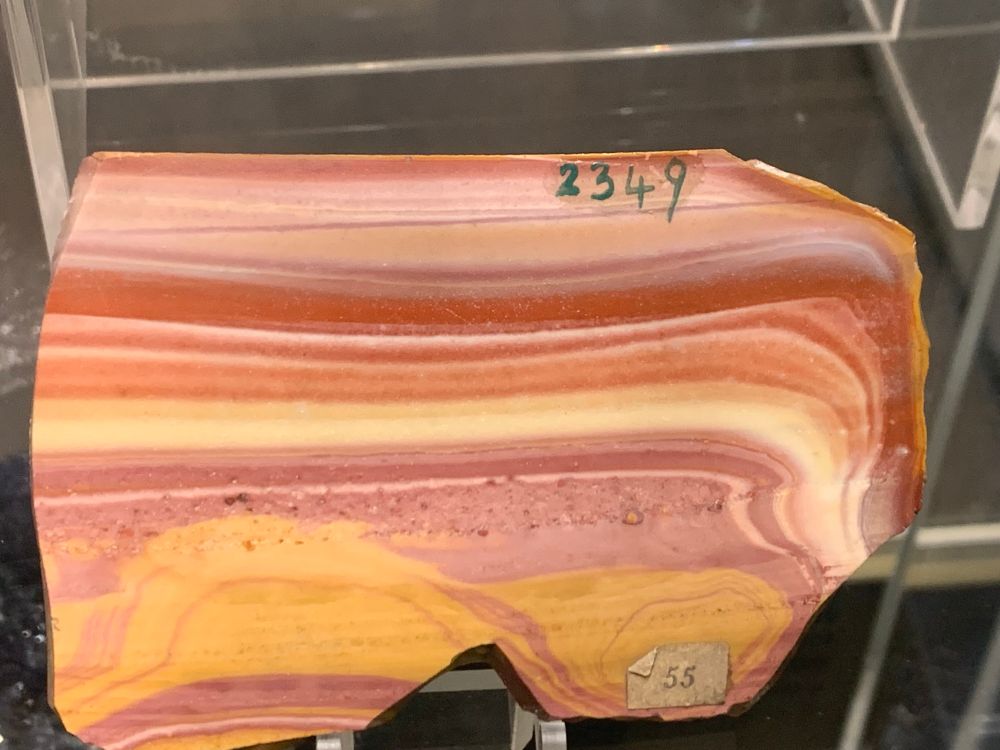

















![Skeletal reconstruction of Montanazhdarcho minor by Scott Hartman. It portrays it as a short-beaked azhdarchoid with a moderately long neck. Scale bar represents 25 cm. The text reads:
Montanazhdarcho minor (Padian, et al., 1995)
Known from a pectoral girdle and most of a forelimb and little else, Montanazhdarcho is none-the-less more complete azdarchids [sic] known. Neck length is restored as an intermediate between Zhejiangopterus and shorter, isolated Romanian cervicals. The skull is restored after "snub-nosed" Javelina mandible TMM 42489-2.](https://cdn.bsky.app/img/feed_thumbnail/plain/did:plc:kakybnmtw6vcdpkmlzlkir6h/bafkreibmyai2njc2u7x32znu5h4onxhh2yff2qn5jfoscmw555f5t5imw4@jpeg)



- There are a few alleged azhdarchids from the Late Jurassic/Early Cretaceous. We find all of them as ctenochasmatoids, which also had long necks
- Three hard-to-place azhdarchoids - Bennettazhia, Vectidraco, and "Palaeornis" cliftii - we find as related to Tapejara and Sinopterus

- There are a few alleged azhdarchids from the Late Jurassic/Early Cretaceous. We find all of them as ctenochasmatoids, which also had long necks
- Three hard-to-place azhdarchoids - Bennettazhia, Vectidraco, and "Palaeornis" cliftii - we find as related to Tapejara and Sinopterus









